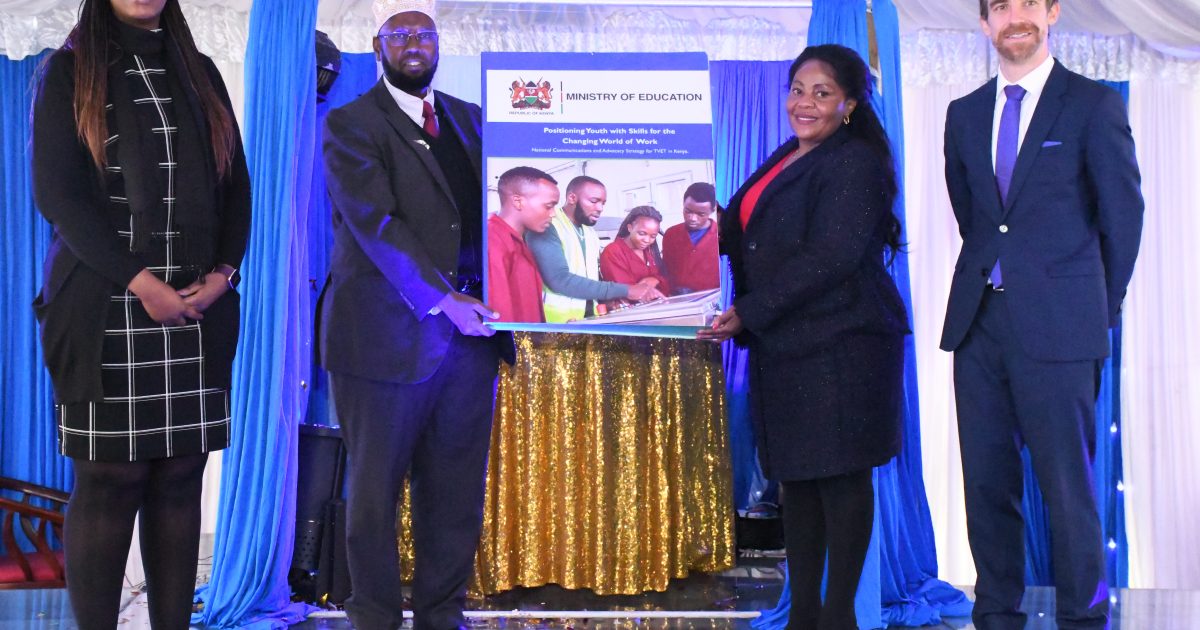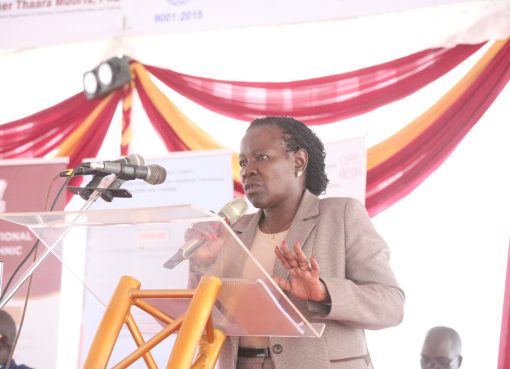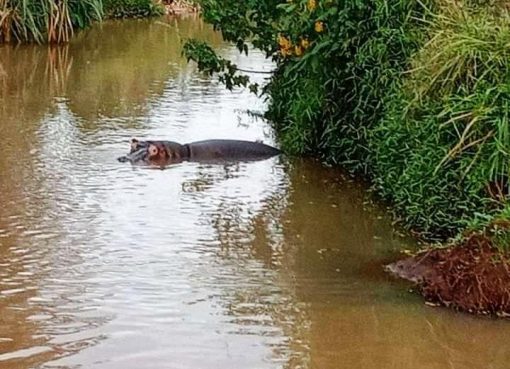The Ministry of Education today launched the National Communications and Advocacy Strategy (NCAS) for the Technical and Vocational Education and Training (TVET) sub-sector to streamline communication in the vocational institutions.

Education Cabinet Secretary (CS) Prof. George Magoha, said the communication strategy is key as it will enable the ministry reach the youth with pertinent information on TVET to help them reposition themselves to revamp the economy and steer the nation.
“It is our believe that the strategy will among other things create youth aspiration in TVET, change the narrative in contemporary society, create awareness on emerging occupations and ensure sector alignment,” said Prof. Magoha.
He said his ministry is committed to equip all TVET institutions to empower the youth with skills relevant to the needs of the industry and society.
In a speech read on his behalf by the Ministry’s Chief Administrative Secretary, Hassan Noor during the official launch of the strategy, the CS lauded stakeholders who have seen the initiative come to fruition saying that the strategy is anticipated to see increased student transitions and credit transfers informed by the labour market.
Speaking at the event, Principal Secretary, State Department of Vocational and Technical Training (VTT), Dr. Margaret Mwakima said the overall goal for developing this integrated strategy was to have in place a single-referral document that provides a roadmap for ensuring effective TVET communication at all engagement levels.
The PS said that there was need to not only focus on rebranding and repositioning TVET in Kenya but also to streamline all communication and advocacy approaches. “In providing a framework for action, National Communication and Advocacy Strategy connects and mobilizes key stakeholders around the common need to rebrand and reposition TVET in Kenya,” she said.
All partners and stakeholders in TVET were encouraged to adopt this strategy as a tool to guide communication activities to realize quality, relevance, equity and accessibility to Technical and Vocational Education and Training in Kenya.
By Hamdi Mohamud





